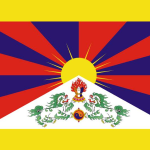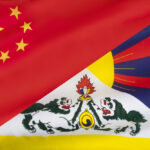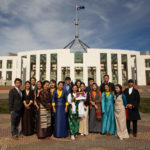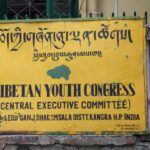The Dalai Lama and the Geopolitics of Reincarnation
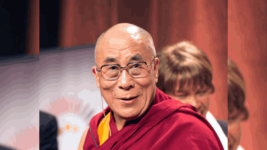
The Dalai Lama is the spiritual leader of the Tibetan people. The man holding the position today is the 14th person to have reincarnated as the top spiritual leader, and questions are being raised as to how his successor is going to be established now that China is occupying Tibet.
Released by the International Tibet Network and the Tibet Justice Centre in October, the Tibet, the Dalai Lama and the Geopolitics of Reincarnation report outlines that Beijing aims to establish a “Communist-Party endorsed” successor to the position of Dalai Lama.
The report suggests one might expect that the Chinese Communist Party would want to end the institution of the Dalai Lama, but rather the party sees holding influence over a newly installed spiritual leader would permit it to exercise greater power over the Tibetan people.
Well aware of the path that China is planning to take on this matter, His Holiness the Dalai Lama indicated in a 2011 document that he might appoint a successor to his position, as has been done in the past. However, Beijing retorted that only it “can approve a successor”.
“China sees religious belief as one of its most significant problems in Tibet, which has been confounded by its failure to draw Tibetans away from their deeply-rooted spiritual practice and religious beliefs, in particular their allegiance to the Dalai Lama,” report authors note.
Kidnapping spiritual leaders
According to the report, newly uncovered documents show that the CCP is planning to engage in a public relations strategy to turn western opinion on its occupation of Tibet in the “post Dalai era”. And installing its own head of the Tibetan people is considered a way to progress this agenda.
In having occupied Tibet for seven decades now, the CCP has perpetrated a program of cultural genocide upon the subjugated people, which has included the destruction of Tibetan Buddhist institutions and an attempt to erase the language.
The idea that Beijing would provide its own successor to fill an important position in Tibetan society has precedence, as in 1995, the Chinese government kidnapped the child appointed to Panchen Lama, which is the second highest position in the tradition’s spiritual hierarchy.
Six-year-old Gedhun Choekyi Nyima was appointed the 11th Panchen Lama on 14 May 1995. He was then kidnapped three days later and has never been seen since. And Beijing promptly went on to appoint its own candidate, Gyaincain Norbu, to the position of great spiritual authority.
According to the DL
For his part, the current the Dalai Lama has reaffirmed that he’s the sole legitimate authority on future reincarnations. And he adds that if he does reincarnate, he’ll do so in a free country, and that it’s up to Buddhists across the entire Himalaya to decide on whether the institution should continue.
A decision about the future successor will be made in 2025, when the current Dalai Lama turns 90 years of age.
In the 2011 letter, the Dalai Lama further set out that China is waiting for his death, so it can install its own Tibetan spiritual leader.
“It is clear from their recent rules and regulations and subsequent declarations that they have a detailed strategy to deceive Tibetans, followers of the Tibetan Buddhist tradition and the world community,” the 14th Dalai Lama wrote.
“Therefore, while I remain physically and mentally fit, it seems important to me that we draw up clear guidelines to recognise the next Dalai Lama, so that there is no room for doubt or deception.”
Main image: Dalai Lama by Christopher Michel is licensed under CC BY 2.0


